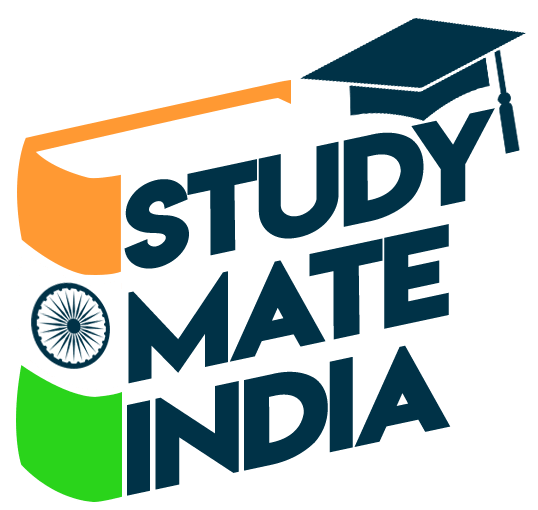Festivities & Diversity
Whenever a mention is made to India as a county, the first idea that comes to mind almost inevitably is the diversity it harbours. India can be best described as a beautiful and pompous exaltation of plurality. Home to people from all major religions of the world, India is a melting pot of varied cultures. Diversity permeates the very fabric of the country as communities differ on the basis of language, lifestyle, tradition, etc. Yet, the harmonious coexistence of these multitudes of groups of people paints the canvas of an incredible India. There are 22 constitutionally recognised languages in the country with over a thousand different dialects. Interestingly, it is remarked that in northern India, after every 20 kms the language changes! A plethora of tribal communities such as Bodo, Khasi, Munda, Santhals‚ Bhils, Gonds among several others create the soothing paradox between the modern and traditional India. India’s vibrant diversity makes itself visible in almost every domain be it regional, social or cultural.
Owing to this vast heterogeneity, the land of India celebrates numerous festivals with great pride and joy. While there are thousands of different festivals to mark distinct occasions and events celebrated by the different communities living in India, there are a few festivals which cut across differences and are enjoyed throughout the length and breadth of the country. Diwali, the festival of lights is marked by the exchanging of gifts among family and friends and lighting‚ diyaas‚ and candles in their homes to dispel the darkness. Holi‚ is the festival of colours which has in recent years gained popularity globally where several European nations can be seen celebrating the occasion with pomp and show.‚ Eid‚ is celebrated with feasts, exchange of gifts and clothes and get-togethers. Harvest festivals such as‚ Baisakhi‚ in the north and Onam‚ and Pongal‚ in the south honour the agrarian tradition and economy of India. Other festivals such as‚ Dussehra, Durga Puja, Gurupurab‚ among several others are also observed. Although these festivals have specific origins and histories associated with a particular community, they are nevertheless revered by all. Apart from these festivities, Indians also revel in the gaiety of traditional events which mark the cultural richness of the nation. For instance, Kumbh ka Mela‚ is the world’s largest human gathering!‚ Pushkar‚ Camel Fair‚ held each year in Rajasthan is one of the largest camel fairs in the world and attracts thousands of tourists. The harmonious celebration of these festivals symbolises the strong uniting force which binds the diversity into unity. With this spirited motley of distinct occasions of happiness celebrated together, India’s multiculturalism bursts with pride.




Itís difficult to find educated people about this topic, but you seem like you know what youíre talking about! Thanks
This is the perfect blog for everyone who would like to find out about this topic. You know a whole lot its almost hard to argue with you (not that I actually would want toÖHaHa). You definitely put a fresh spin on a subject which has been discussed for ages. Wonderful stuff, just excellent!